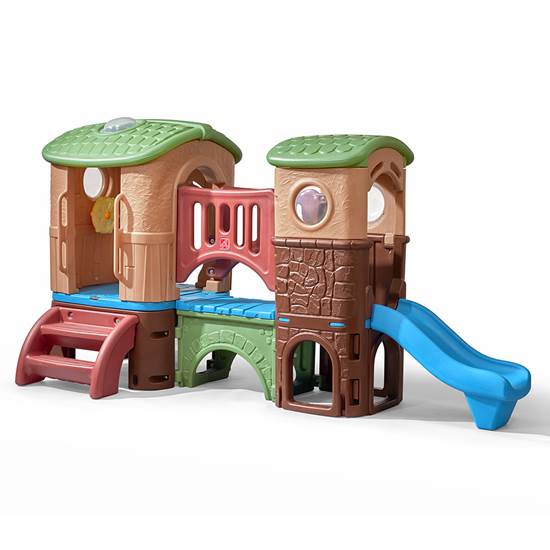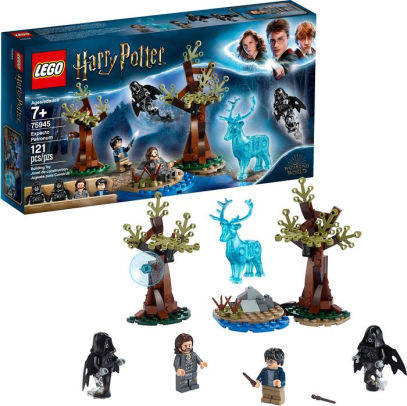Mickey Mouse Walt Disney World 50th Anniversary Charm and Bracelet Set by Pandora Jewelry
Sterling silver dangle charm. Aurelia borealis cubic zirconia pave-encrusted ”50” bead
14k gold plating. Figural dangling Mickey with glittering enamel details. Star-shaped debossing.
Join Mickey for The Most Magical Celebration on Earth with this dazzling dangle charm and slider bangle by Pandora Jewelry. A figural Mickey, accented with glittering enamel, hangs happily from a 14k gold-plated ”50” that’s encrusted with aurelia borealis cubic zirconia.
Created especially for Walt Disney World Resort
- Sterling silver dangle charm
- Aurelia borealis cubic zirconia pave-encrusted ”50” bead
- 14k gold plating
- Figural dangling Mickey with glittering enamel details
- Star-shaped debossing
- Pandora Jewelry slider bangle bracelet, with bolo closure
- End caps are trimmed with clear cubic zirconia
- Engraved ”Walt Disney World” text on bracelet
- Part of the Walt Disney World 50th Anniversary Celebration Collection
- Sterling silver / 14k gold plate / (5%) mixed metal charm / aurelia borealis cubic zirconia
- Charm: 1/4” H
- Imported
Item No. 400946214866
Additional information
| Charm | 1/4'' H |
|---|






Reviews
There are no reviews yet.